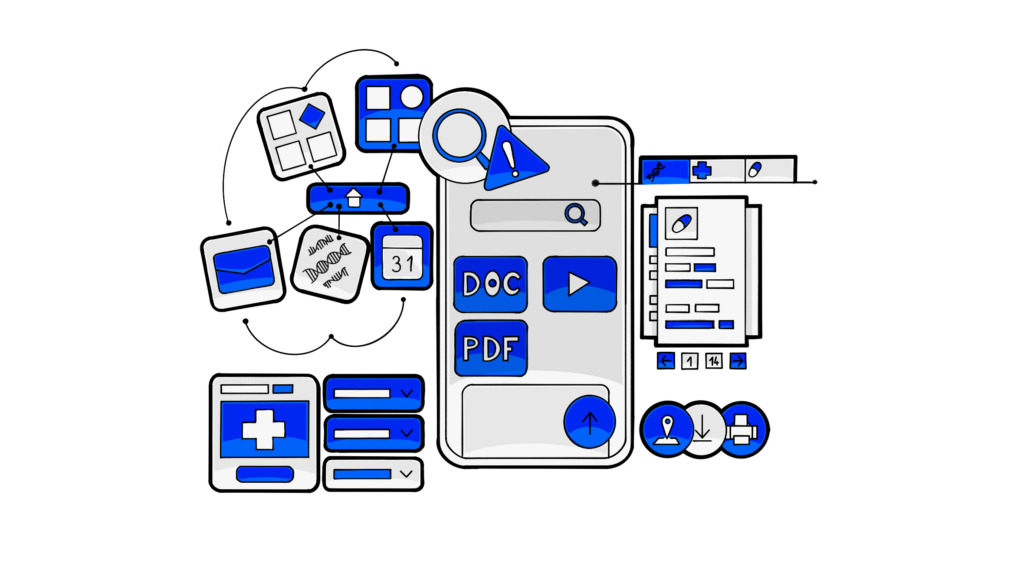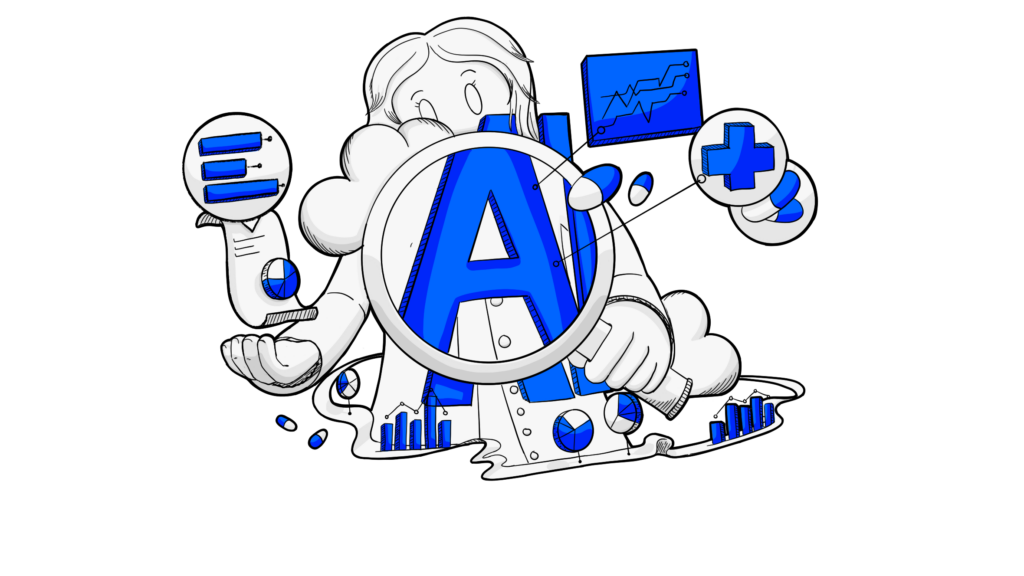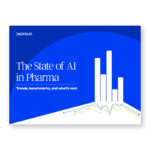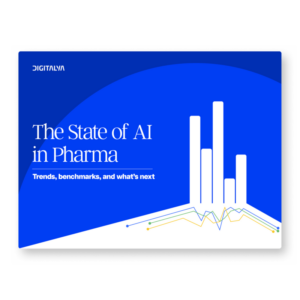These days, you have an app for anything. Many tasks can be automated through a mobile app—from booking doctor appointments to personal development or online classes. With these trending mobile app ideas in 2023, we will go through the most popular—and the process of coming up with your app.
Lately, apps are getting bolder and bolder—integrating virtual reality, artificial intelligence, machine learning, and even augmented reality. However, considering the myriad of trending apps on the market today, you need a million-dollar idea to stand out from the crowd.
Like any other startup app ideas, the base concept of your app must solve a problem that your future audience has. More importantly, it needs to be a problem that people would buy the solution for.
Short of ideas? Let’s go together through some inspiration for startup mobile app ideas.
1. What is a mobile app?
As the name suggests, a mobile app is a software application designed to run on mobile devices. Opposite to web apps, mobile ones move away from integrated software systems. In other words, they provide isolated and limited functionality. They could be a messaging app, social networking app, or a streaming app; they are designed to do one thing.
Generally, apps can be categorized as web apps or native applications, as explicitly created for a particular platform. Recently, a third category joined the game—combining web and native apps. In the future, we expect apps to be primarily web-based and device-agnostic.
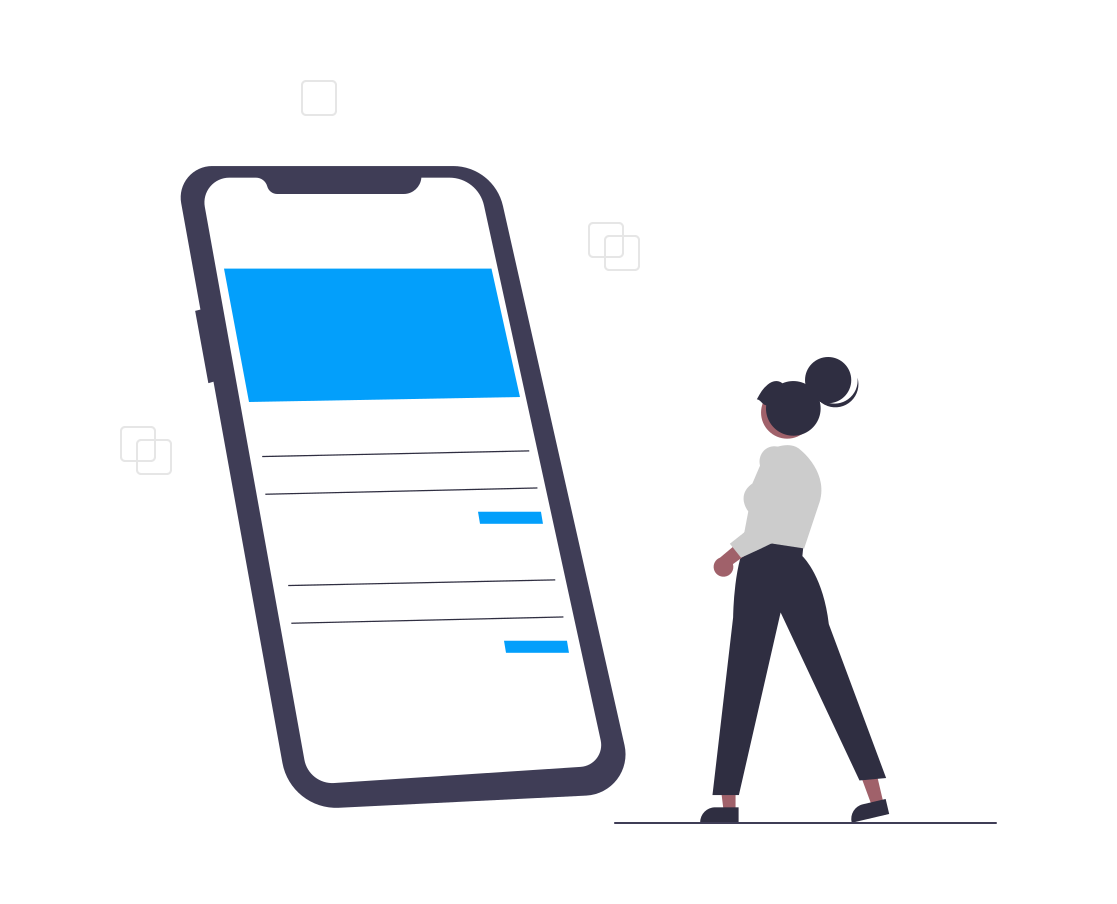
2. What should be included in a mobile app?
Studies have shown that most users do not use apps they downloaded three months ago. This means that you have to invest a lot of time and effort to build loyalty around your product.
One of the best ways to start your journey is to think about what features your users would expect from you. No matter what type of app you’ve developed, there is a set of functionalities that improve user experience and make it more enjoyable. Let’s see what they are:
a. Onboarding
If your app is complicated to use and gives no explanations, most people won’t stick around. This is especially true for first-time users. It would be best to have the signing up and navigation process intuitive and straightforward.
To aid with this, you can set up an onboarding process. You show the user how to use the app effectively while demonstrating your value proposition. You can easily do this with a quick step-by-step tutorial or some pointers placed well.
b. Responsive App Mobile Design
Nowadays, it would help to consider an abundance of screen sizes and resolutions when developing your app. You need to make sure that it will look seamless on any device—otherwise, your users will go to an app that does.
c. Minimal Keyboard Usage
Try to design your app so that your users need to use the keyboard as little as they can—unless you’re building a social networking app. The experience of a mobile app should be as touch-based as possible. When you’re in front of a keyboard and mouse setup, it’s much easier to complete forms and gives a lot of information—this is not the case for a mobile structure.
d. Offline Usage
If possible, it’s always a good idea to provide as much app usability without an Internet connection as possible. Sure, you need to have a balance with this, keeping in mind data protection and security.
The type of data and what quantity is stored on the device depends on the sort of app you develop, but you want to allow users to do at least some work offline. Or, for example, if you’re working on a streaming app, you can allow your users to download the content they want to watch.
3. What kind of apps were in demand in 2022?
a. On-Demand Apps
Especially in 2022, this kind of mobile app idea skyrocketed. They are the connecting link between customers and businesses. We’re talking about any food delivery app, restaurant apps, ride sharing apps, or even food donation or any variation of a delivery app.
2021 and 2022 provided an excellent opportunity for any app development company to tap into the vast business market and build on-demand services for companies that aren’t online yet. You can go even further and tap into food donation and other types of charity.
b. Entertainment Apps
Ever since the classic snake game came with our old phones, gaming apps have been in high demand. We all need to take a break once in a while, and mobile gaming is usually the go-to choice.
However, to be noticed, you need to develop a fresh concept, excellent graphics, and an intelligent way of making your users return to your app from time to time. It’s not enough anymore to make a spin-off of an already popular app to have success with your gaming apps.
Entertainment apps aren’t limited to mobile gaming, though. You can think of book apps, live video platforms, and improved social media applications.
c. News & Information Apps
2021 was a year when everybody had one eye on the news. Naturally, most people choose to have a news app on their phones to check from time to time.
In the context of the pandemic, many mobile app developers worked on an alert app to help people determine if they were at risk or not. In the future, this type of app might become even more popular.
4. Trending mobile app ideas in 2023
Looking at any app store, you might feel that all good app ideas are already developed. However, there are so many concepts left unexplored and so many mobile apps that could be improved. Let’s go together through some of these.
a. Goods Exchange App
In closed communities, the idea of exchanging goods without involving any money already exists. Imagine that you have a book on your shelf that you’ve read so many times; you know all the words. But then there’s me, I have a book you’d want to read, and I’ve been looking for yours for ages. The natural thing would be to exchange books, right?
The only thing needed here would be a medium where you and I could meet. And what’s better than an intuitive exchange app facilitating this process?
Speaking of books, you can work on a book review app that would go hand in hand with the goods exchange app. This way, people would know if they want to trade their book for another.
b. Media Files Sharing App
What’s better than listening to your favorite song in the comfort of your home whenever you feel like it? Doing it with your friends, even at a distance. The same goes for video streaming or live videos—some things are better enjoyed with people.
So what if there was an app that would allow multiple smartphones to stream media content together at the same time? This could have implications in education since we’re still at the point when students have to attend online classes instead of physical ones.
c. Community Support App
We all go through our challenges—sometimes alone, sometimes with friends. But wouldn’t it be better if you had access to a local community support group whenever you needed to?
We’re talking about an app that groups users based on their challenges or goals (like dieting, working out, quitting smoking) and connecting them to support each other.
d. Augmented Reality Applications
AR is used to overlay certain information (like sounds, images, or text) over the actual world. This opens you to the possibility of so many application ideas, from developing an interior design app to facilitating restaurant reservations or even healthcare apps.
e. Fitness App
Since we spend so much time inside nowadays, we must adapt and learn to stay healthy and active. This is where a fitness app fits right in.
Wondering what you could do differently in this domain? Let us show you a case study from our portfolio at Digitalya.
FeetUp® is a healthcare app that wants to change how you do yoga. It provides tailored video content to perform inverted yoga from the comfort of your home.
We have developed an app that accommodates video streaming and audio content to multiple users simultaneously. It also tracks user behavior and offers community features for an enhanced experience.

5. Is it expensive to make an app?
There are a lot of factors that can considerably vary the cost to develop your app. The first thing that influences your development cost is its complexity. As a general rule, for a simple app, like book apps or an alert app, you could spend around $60.000 for just one platform. For a basic app idea, like a restaurant loyalty one or a time management app, you could go from $60.000 to $150.000 per platform. Finally, for a more complex, multi-feature app, like a fitness app, costs start from $300.000 going up.
However, to find out more accurately how much your app can cost, there are calculators, like the one below, that help you get an estimate development cost based on how you want your startup app to look and work.
Usually, most mobile app development companies offer a process that comprises five steps:
- Pre-development—Discovery or research
- UX/UI design
- Application Development
- App testing and deployment
- Ongoing support and maintenance
The final price will vary according to these stages, to the members of your development team, and to the number of development days—that vary depending on the complexity of your app.
6. How to get new mobile app ideas
Every journey starts with an idea. Without it, you have nothing to develop and work from. However, the real challenge is not getting new startup mobile apps ideas—it’s creating something that solves a problem that many people have.
Developing an app should reflect both yourself and what you see missing in your community.
First, think about what solution would be helpful for you. Is it learning apps? A fitness app? Or perhaps a time management app or something for interior design. Identify your personal needs and come up with an innovative answer.
But that is not enough. You need to determine whether other people have the same issue and if your solution works for them. Would people buy your app? There’s no better way to find out than building an MVP. This helps you test your startup idea without fully developing it—saving you time, money, and resources.
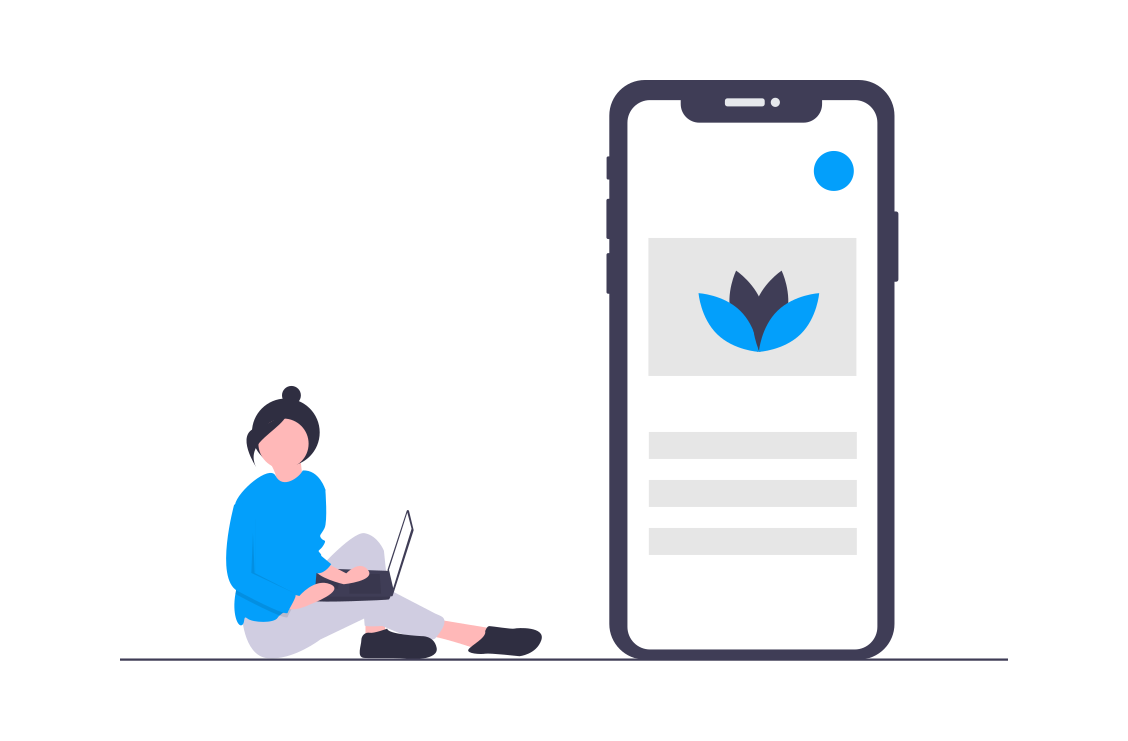
7. How do you make an app unique?
Mobile application development is not as easy as it sounds—especially if you want to stand out from the crowd. So how do you make your app different from the others?
The first misconception you have to stay away from is restricting yourself from the beginning. Naturally, in the first stage, you will set a budget. However, keep in mind that good ideas need space. Try not to make money a primary constraint.
Also, you shouldn’t develop your whole idea around whether it will make you a fortune. Your point of focus should gather as many users as possible—and this is possible only with an excellent idea.
Another thing that you can do is monitor your competitors. No, not to steal their ideas, but to validate yours. Once you have decided what features your app should have, checking on your competitors could tell you if you’re being original or just doing what everyone else is doing.
Your features make your app a hit or a miss. For a better chance of success, keep your mobile app as customer-oriented as possible. Understand your target audience and build your product so that it meets their requirements.
And, as a bottom line, don’t be afraid of social media. This is an excellent environment for social networking, where you can build a relationship with your target audience and understand them better. By tapping into the minds of your future users, you can get one step closer to developing the “next big thing.”
8. How do you present a mobile app idea?
Whether you’re pitching your idea to possible investors or explaining your concept to your development team, the way you present your mobile app idea is as important as the idea itself.
As you build your pitch deck, here are the fundamental things you should never omit:
- Name of the app and idea title
- Your team and what skills they have
- What problem you’re trying to solve and a customer study for that
- The solution you’re proposing
- A description of your product and a prototype, if possible
- What competitive advantages you have
- Your business model
- The size of your target market, an overview, and market adoption
- Your competitors
- Financial details and investing terms
- Your contacts
Having a comprehensive pitch deck shows that you came prepared, that you have your facts researched, and that you can be a reliable business partner for your investors.
You need to show your expertise in both soft and hard skills. Having a product approach means that you are aware of what you can offer (your startup idea), you know what you need (investment), who you’re dealing with (your investors), and, finally, who your competition is (or alternative places where your investors’ money could go).
It would be best to consider the importance of your attitude and personality in how people receive your pitch. That’s because feelings are contagious—your audience will sense how you feel about your presentation. If you genuinely believe in your idea and are over-the-roof-excited—so will your public be.
Communicating your ideas to a development team doesn’t change much. Sure, you don’t have to convince them to fund your project, but you need to make them believe in your idea, especially if you’re outsourcing. You need to create a shared vision for your mobile app to have the best results.
It would help if you tried to divide the development of your app into smaller chunks—most problems occur when too many elements are explained at once. So it’s always a good idea to add a little structure.
You can’t go wrong with creating an MVP plan—mobile app development companies can help you with this. A minimum viable product means developing a basic version of your mobile app without your final product’s extra features. The purpose of this step is to help the app development team familiarize themselves with the core of your app idea.
You can also create flow charts or different app screens to explain your user’s steps to follow to do specific actions on your app. This, combined with separate visual mock-ups to clarify how you want things to look, your development team should be ready to go.
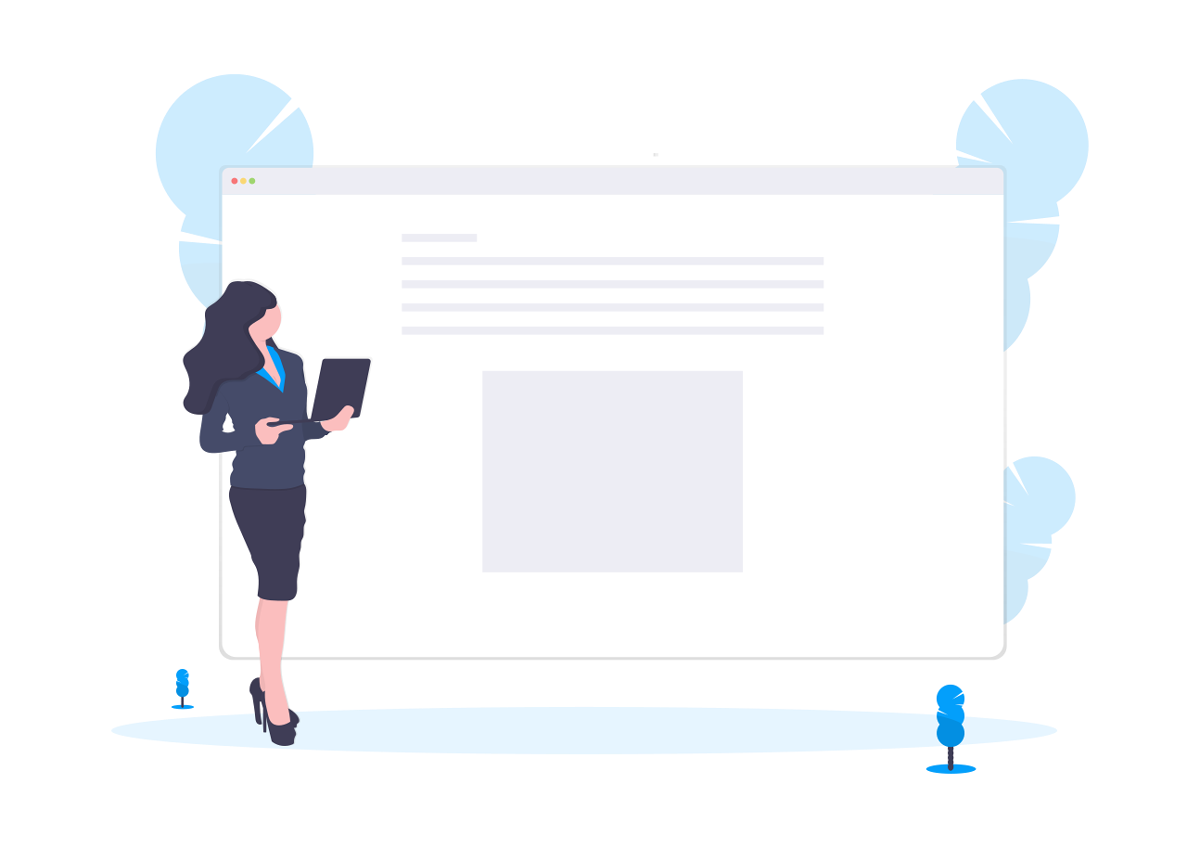
9. Conclusion
So you want to develop a mobile app. To create an original idea, you need to know what apps were trending in the past years. After that, the next step is to identify a problem you have—and find an innovative solution for it. There is more than one food delivery app out there—how will yours stand out?
At this point, you’re left with a question. Does my app solve the same problem for other people? And, perhaps, more importantly, would they be willing to pay for it? Developing an MVP can give you the answer to these questions while saving time, money, and other resources that you’re going to need later. By testing user experience you can adapt and modify your app to fit the needs of your target audience before the development process is over.




